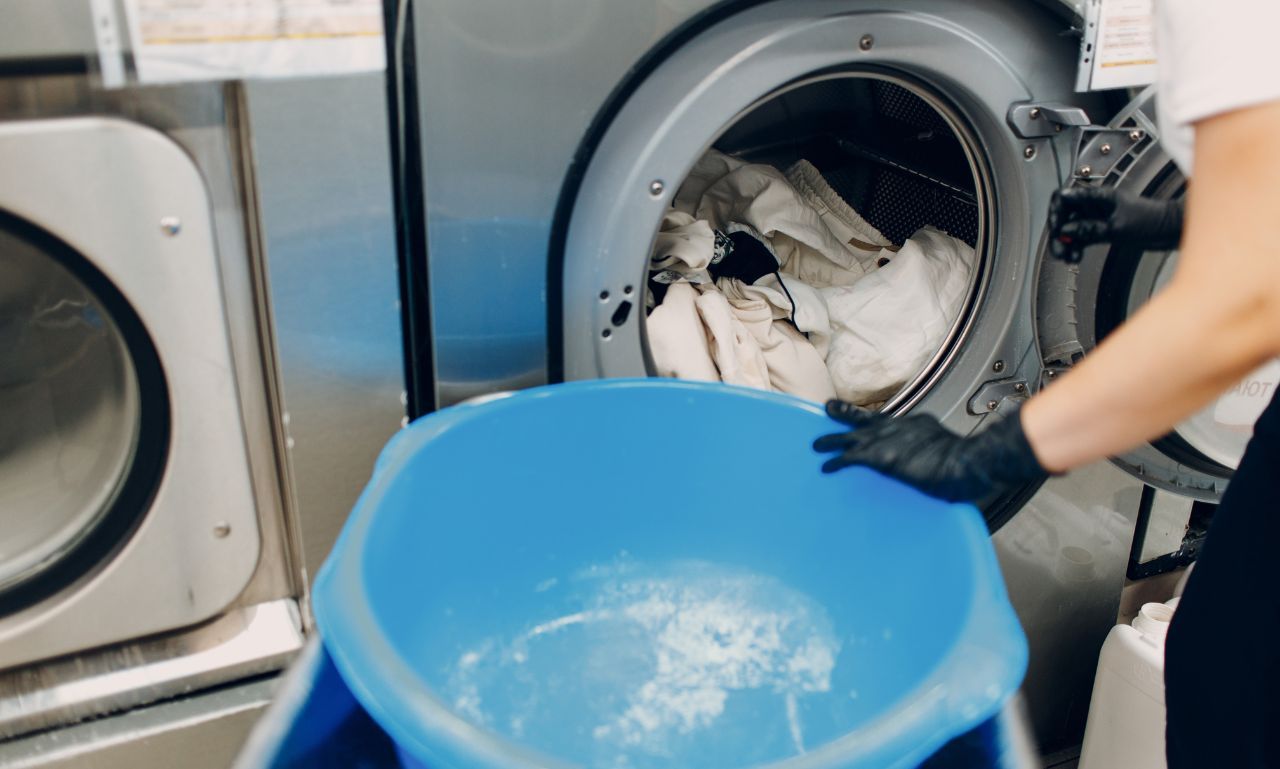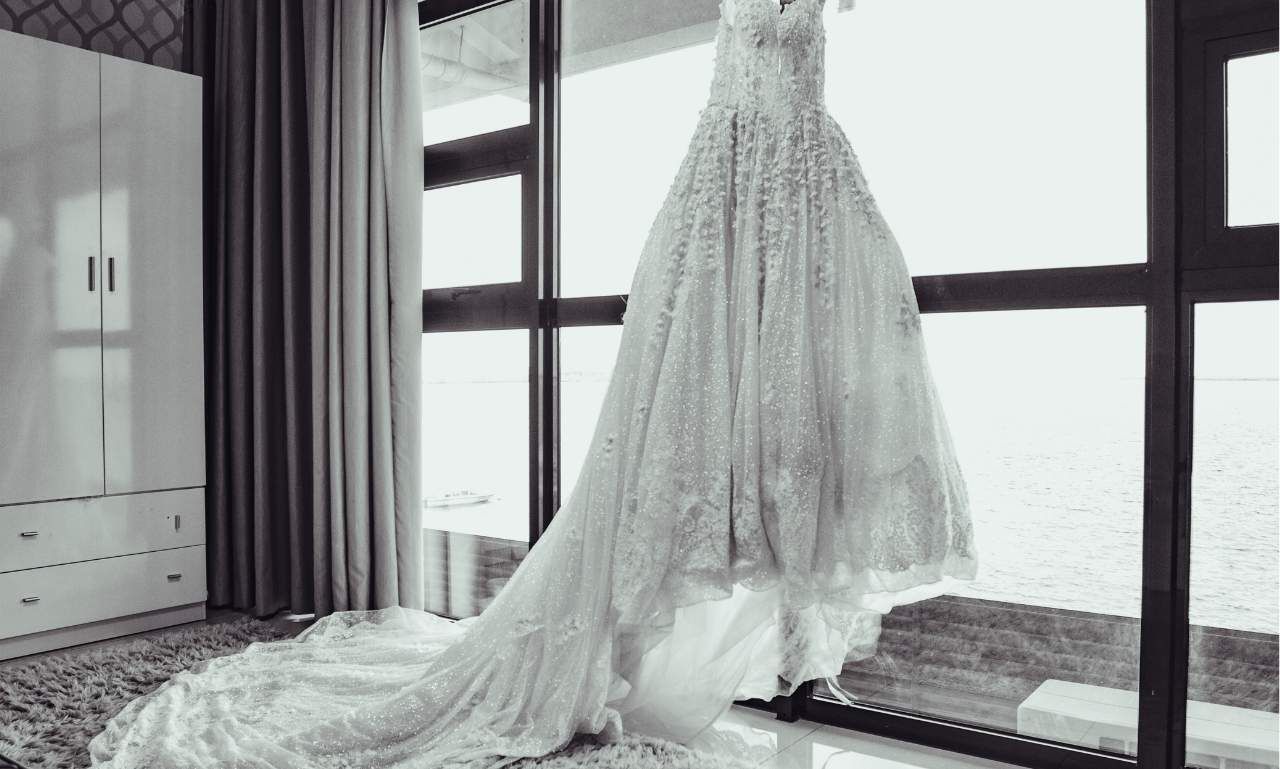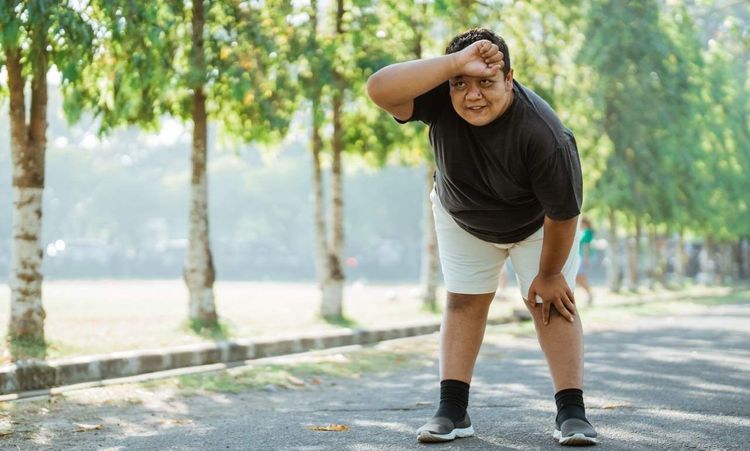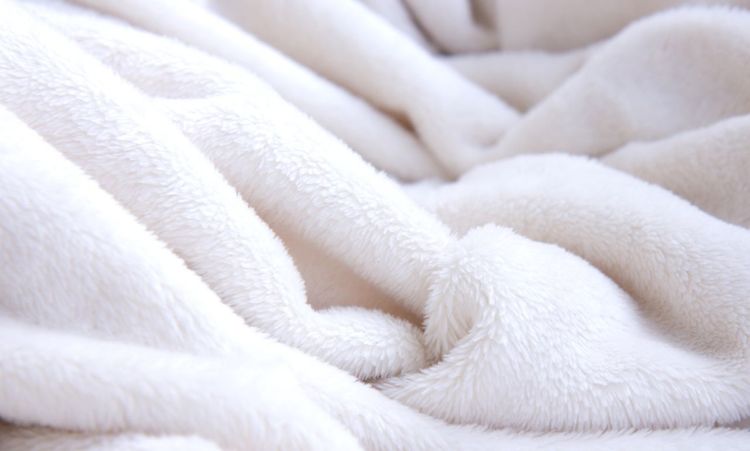Are you wondering how long to wait for your clothes at the dry cleaners? The wait time depends on several factors. Most cleaners promise standard turnaround times of 2-3 business days. Let me share what I've learned from working with professional cleaners.
What Is Dry Cleaning?

Dry cleaning isn't actually dry at all. It uses special chemical solvents instead of water to clean your clothes. These powerful yet gentle solutions remove dirt and stains without damaging delicate fabrics.
Most professional cleaners use a solvent called perchloroethylene, also known as "perc." Some modern eco-friendly cleaners now use hydrocarbon-based solutions or liquid carbon dioxide. The process works exceptionally well for natural fibers like wool, silk, and high-end synthetic materials.
For good reasons, your favorite designer clothes often come with "dry clean only" tags. Water can damage certain dyes and cause fabric shrinkage, while the dry cleaning process preserves your precious garments' shape, color, and texture.
How Is The Process Of Dry Cleaning?
Understanding the dry cleaning process helps explain the time requirements. Each step needs careful attention to ensure quality results. Let's look at what happens after you drop off your clothes.
Inspection
Every garment gets a thorough examination when it arrives at the cleaner. Technicians check for stains, tears, missing buttons, and other damage. They attach tags to mark problem areas that need special attention.
The inspection process creates a record of your garment's condition. Good cleaners photograph expensive items before cleaning them. This careful documentation protects both you and the cleaning service.
Professional cleaners also review fabric care labels during the inspection. Some materials need specific temperature settings or handling methods. This initial check prevents damage to your clothes.
Pre-treatment
Stain removal begins with targeted spot treatment. Different stains require different solutions to break them down. Oil stains require one type of treatment, while wine stains require another.
Experienced cleaners know how to handle tricky substances like ink or paint. They test cleaning solutions on hidden areas first. This careful approach prevents color damage or fabric deterioration.
The pre-treatment phase might take several hours for stubborn stains. Some spots need multiple applications of cleaning agents, and rushing this step could leave stains permanently set in the fabric.
Dry Cleaning
Your clothes enter the cleaning machine after pre-treatment. Modern dry cleaning machines look similar to regular washing machines. They use a constant flow of clean solvents to remove dirt and oils.
The cleaning cycle typically takes 30 minutes to an hour. The machine maintains precise temperature control throughout the process. Sensors monitor the solvent levels and cleaning effectiveness.
Professional machines can handle multiple loads per day. However, cleaners separate light and dark items and group similar fabrics together to prevent damage.
Drying

After cleaning, the machine enters a drying cycle. Warm air circulates through the drum to evaporate any remaining solvent. The temperature stays controlled to protect delicate items.
Most modern machines include a deodorizing phase during drying. This step removes any chemical smells from the clothes. It also helps restore the natural feel of the fabric.
The drying process usually takes about 20-30 minutes. Heavier items like coats may need additional time. Proper drying prevents odors and ensures clothes are ready for pressing.
Finishing Touches
The final phase focuses on presentation. Professional pressers use specialized equipment to remove wrinkles. They steam and iron each garment according to its specific needs.
During this stage, quality control checks occur. Workers inspect for missed stains or pressing problems. They also ensure that buttons and trim are secure and properly aligned.
After pressing, your clothes receive careful packaging. Most cleaners use protective bags to keep garments clean, and some offer special handling for formal wear or wedding dresses.
Does dry cleaning use water?
Traditional dry cleaning remains completely water-free. The name comes from this distinctive feature. However, some modern cleaners now offer "wet cleaning" as an alternative.
Wet cleaning uses computer-controlled washers and specialized detergents. This method works well for many "dry clean only" items. It offers an environmentally friendly option for specific garments.
Professional cleaners choose between dry and wet methods based on fabric type. They consider the manufacturer's recommendations and the garment's condition. Some items may receive a combination of both treatments.
How Long Does Dry Cleaning Take for Different Garments?
Different items need different processing times. Let's explore typical timeframes for various garments.
1. Standard Clothing
Essential items like dress shirts and slacks usually take 2-3 business days. Many cleaners offer same-day service for simple garments. Rush orders often come with premium pricing.
Standard clothing includes everyday business wear and casual items. It follows routine cleaning procedures; most cleaners process it in regular daily batches.
The quality of service remains consistent even with shorter turnaround times. Good cleaners maintain high standards regardless of processing speed. They simply prioritize rush orders in their workflow.
2. Delicate or Special Garments
Silk blouses, cashmere sweaters, and other delicate items need 3-4 days minimum. These precious garments require extra attention during cleaning. Rushing the process could risk permanent damage.
Unique materials often need custom cleaning settings. Cleaners test small areas before completing processing, and they might require multiple gentle cleaning cycles.
Hand-finishing takes more time to process delicate items. Expert pressers work carefully with fine fabrics, ensuring proper draping and texture preservation.
3. Comforters and Large Items
Bedding, drapes, and other bulky items typically take 4-5 days to clean. Because they require special equipment for proper cleaning, some cleaners send them to dedicated facilities.
Large items need extra drying time. Proper moisture removal prevents mold and mildew. Cleaners test thoroughly before final packaging.
Oversized pieces require special handling procedures. Workers need proper equipment and space. Many cleaners schedule these items between regular loads.
4. Wedding Dress

Cleaning a wedding gown usually takes 1-2 weeks. Each dress receives individual attention throughout the process. Some vintage or heavily decorated gowns might need even longer.
Cleaners photograph and document every detail of wedding dresses. They note bead placement and trim conditions. This documentation protects these precious garments.
Multiple specialists often work on wedding gowns. Different experts handle cleaning, pressing, and preservation. Many cleaners offer special storage boxes for cleaned dresses.
5. Formal Suit
Quality suits require 3-4 business days for proper care. Good cleaners pay attention to every detail. They ensure proper pressing of lapels, pleats, and trouser creases.
Suit cleaning often includes minor repairs. Workers check buttons and seams. They might reinforce weak spots during processing.
Professional pressing helps maintain proper suit shape. Cleaners use unique jacket forms to ensure correct draping and fit.
6. Leather & Suede Items
Leather and suede cleaning might take 1-2 weeks or longer. These materials require specialized cleaning methods; expert cleaners often handle them separately.
The process includes careful testing of cleaning solutions. Different leather types need different treatments. Suede requires special brushing techniques.
Proper drying time remains crucial for leather items. Rush processing could cause permanent damage. Professional cleaners monitor moisture levels carefully.
Other Reasons You Might Wait Longer for Your Dry Cleaning
Several factors can extend standard processing times. Understanding these helps you plan better.
A high volume of orders
Seasonal rushes can double normal waiting times. Many people clean winter coats in the fall, and formal wear for weddings and graduations is available in spring.
Some cleaners hire extra help during busy seasons, and others extend their working hours. Good communication helps manage customer expectations.
Complex clothes and fabric type
Beaded dresses and layered garments require extra time. Some fabrics require multiple cleaning cycles; specialized cleaning methods add to the processing duration.
Cleaners must handle trim and decorations carefully. They often remove and replace delicate items, and this detailed work requires a significant time investment.
Stubborn stains
Old or set-in stains require extended treatment time. Some spots require multiple cleaning attempts, and cleaners might test several different solutions.
Professional spot removal takes patience and expertise. Rushing the process risks damaging the fabric. Some stains need time between treatments.
Items You Can't Dry Clean
Certain items should never see a dry cleaner. Plastic elements can melt during processing. Some synthetic materials react badly to cleaning solvents.
Athletic wear often contains heat-sensitive materials. Sequins and plastic beads may not survive, and some glued elements could separate during cleaning.
Items to Avoid Dry Cleaning
You can save money by washing some items at home. Cotton shirts usually do fine in a regular wash, but many synthetic fabrics prefer machine washing.
Basic sweaters can be hand-washed carefully. Follow label instructions for best results. Dry cleaning should only be used for special care items.
Conclusion
Understanding dry cleaning times helps you plan. Standard items need 2-3 days for quality results, and unique garments require additional processing time.
Remember that quality cleaning can't be rushed. Good cleaners maintain high standards regardless of timeframes—plan for important events and unique garments.
Consider the value of proper garment care. Extra time ensures better results, and your clothes will look better and last longer.
Also Read: How to Walk Away from a Friend with Benefits




